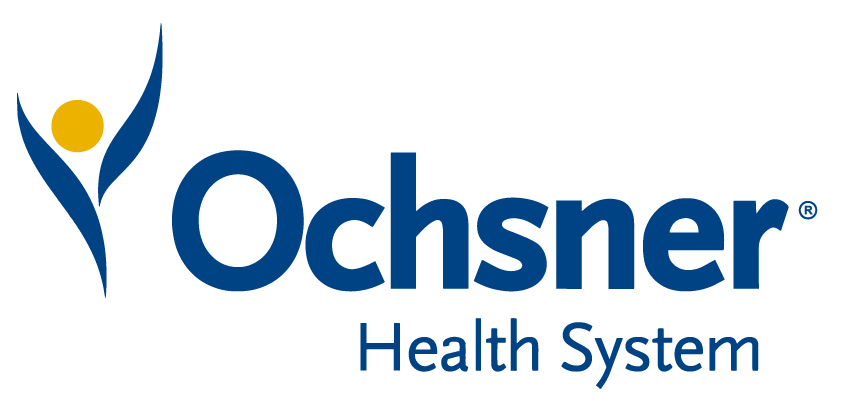

AI alone is not a strategy – it’s a means to enable one. To achieve true transformation, health systems and hospitals must marry advanced digital technology and automation with strategic organizational goals, powered by the right people and proven processes. Long term success also depends on building a culture that supports innovation through a commitment to clinical excellence, workforce development, and process improvement. When this foundation is applied, AI-based analytics solutions can empower internal teams to drive visibility, action, and remarkable results across the entire system.
In this session, join two leaders from Baptist Health Jacksonville to learn how they successfully scaled disruptive, AI-based technology across their enterprise. They will share a case study showing how this innovation applied in the OR, where they deployed LeanTaaS’ AI-powered iQueue for Operating Rooms solution to help improve efficiency and utilization.
The presentation covers best practices and results, including a significant increase in robotic case minutes and utilization of prime hours. This translates to increased revenue, decreased burnout, and improved patient care, all of which are helping Baptist Health Jacksonville achieve their greatest organizational goal – the quadruple aim.
Viewers of this webinar will be able to:




Take the first step towards unlocking capacity, generating ROI, and increasing patient access.